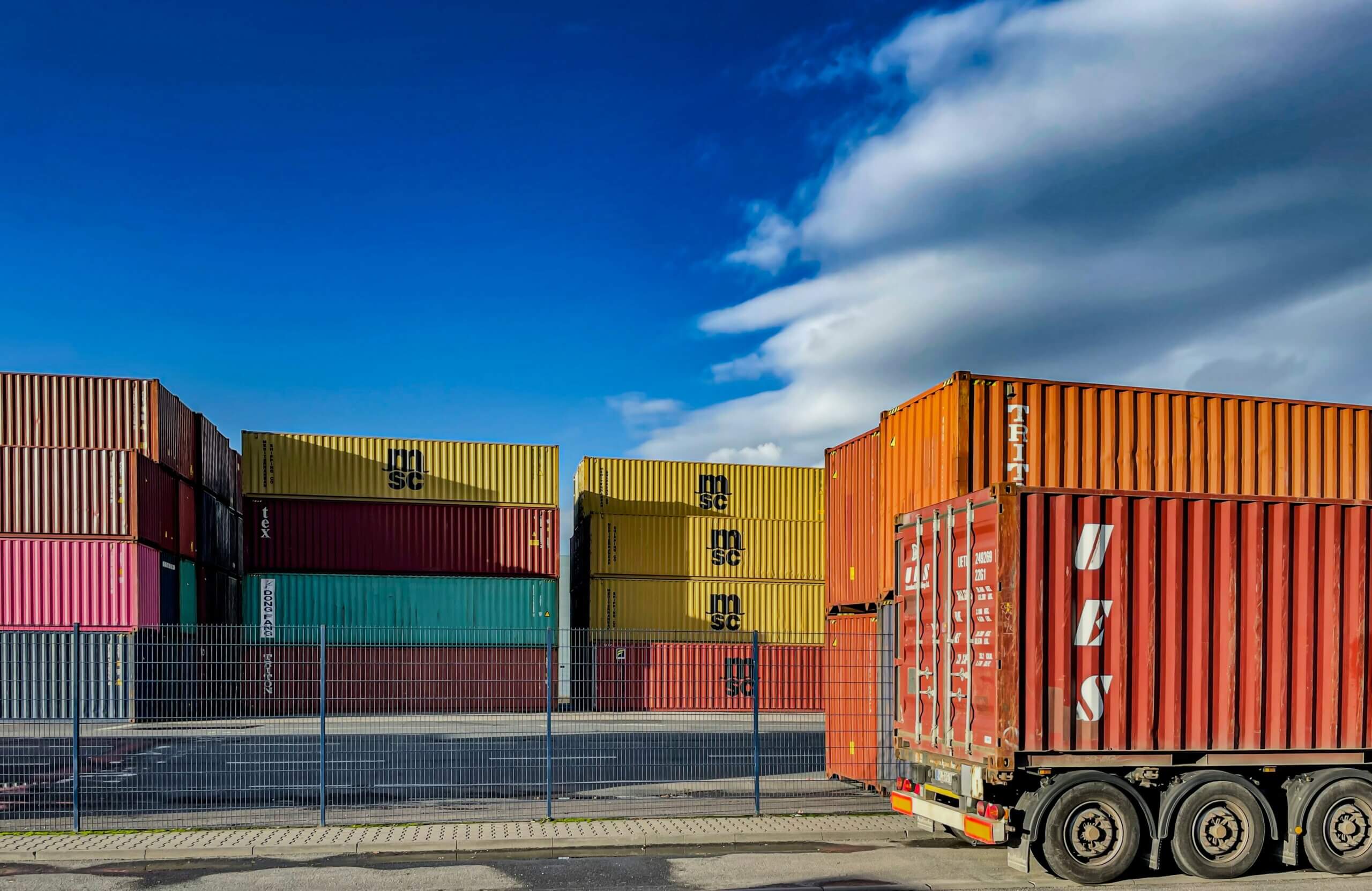The automotive industry has been struggling due to global crises, a shortage of raw materials, and insufficient transportation capacity. To cope with this situation automotive manufacturers and suppliers need to build a more resilient supply chain.
Supply Chain Disruption
Although the automotive industry has recovered from the economic impact of the COVID-19 pandemic, the situation remains tense. According to a survey by management and strategy consulting firm Deloitte, 62 percent of CFOs at original equipment manufacturers (OEMs) and suppliers said they are highly affected by supply chain issues.
In addition, semiconductor shortages, the war in Ukraine, sanctions against Russia and restrictions in China under its zero-covid strategy have led to an increase in prices for raw materials and intermediates, as well as massive delivery delays. Important components such as cable harnesses and raw materials – including palladium, platinum and nickel – have been affected as well.
Energy price spikes, increased transportation costs and capacity bottlenecks in almost all modes of transportation pose major challenges for automotive manufacturers and suppliers. Ocean is one of the most important modes for many companies – over 90% of the world‘s goods move over the ocean. But port congestion, unloaded containers and indefinite dwell times can make ocean shipping challenging and unpredictable.
These supply chain issues are likely to keep the industry busy for more months to come: 58 percent of CFOs in Deloitte’s survey expect these disruptions in transport operations by mid-2023.
How to Build a More Resilient Automotive Supply Chain
The mentioned factors have shown supply chain managers the vulnerability in their supply chain and that these weak points can become a threat in real-life scenarios. These must now be eliminated and sustainably optimized – to turn any future crisis into an opportunity. A resilient supply chain is defined by its capacity for resistance and recovery. It is the principal component for any company to properly respond to crises. The following three recommendations can help you increase resilience in your supply chain:
1. Diversification of Suppliers and Distribution Channels
While many components and raw materials are difficult to replace in the short term, there are ways to increase in-house inventories. Here, with 51 percent, the industry’s focus is on diversifying suppliers and distribution channels. For example, some automotive manufacturers are planning to invest in design capabilities as well as in-house production of key components such as chips over the next few years to gain better control over inventories and strengthen their own position in future ecosystems.
2. Improved Supply Chain Collaboration
Closer collaboration as well as optimized risk management between OEMs, suppliers and technology companies gain relevance in this scenario. Stress and scenario testing as well as the use of innovative digital solutions that optimize processes and share relevant information with all supply chain stakeholders are necessary to combat supply chain issues.
3. Supply Chain Visibility
Logistics networks span transportation routes by road, rail, and ocean, connecting plants with ports, warehouses and transshipment points, and distributors. Supply chain managers must therefore take many factors into account when planning, including costs, deadlines, turnaround times and spontaneous rescheduling. Therefore, visibility is a crucial criterion. Only those who have a complete overview of the supply chain can react agilely and flexibly to external factors and disruptions and plan ahead.
A Strong Visibility Partner is the First Step
project44 supports automotive companies with a data platform that acts as the connecting tissue within automotive supply chains. Thus, automotive manufacturers and suppliers benefit from:
- An overview of all transport modalities in real time
- AI-based minimization of supply chain risks
- Adherence to delivery deadlines thanks to precise estimated time of arrival forecasts (ETAs)
- A smooth information exchange between forwarders, carriers, shippers, and other parties in the supply chain.
Whether and when the situation in the automotive industry will ease remains to be seen. Instead, it is important that automotive companies respond consistently to the existing supply chain issues. Those who see the current situation as an opportunity to position themselves more resiliently regarding future bottlenecks will stay one step ahead of their competitors.



